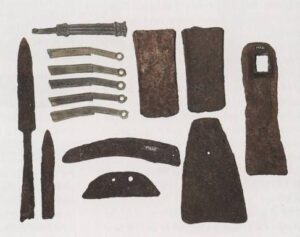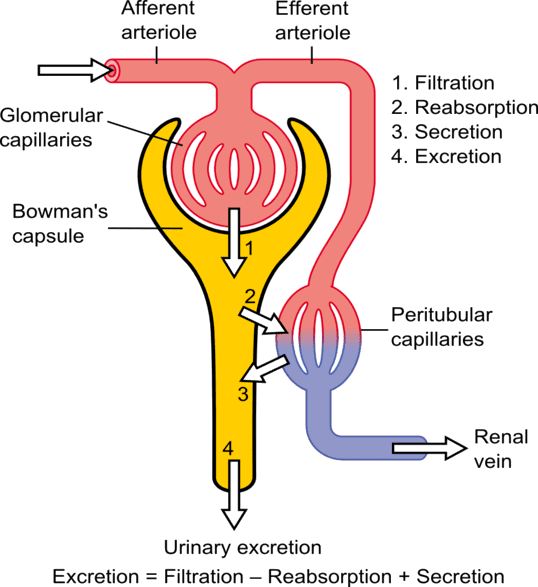Introduction
This poem, “Animals,” is a metaphor for the animals’ inherent innocence. The poet has stated that he wants to remain among the animals since they are significantly more cooperative and uncomplicated than humans. The poet has dug out the dark side of human nature, revealing that people may be more dangerous than animals. So, the poem demonstrates the poet’s compassion towards animals.
Summary of the Poem
The poem Animals suggests that at one point in time, people were just as receptive to the earthy pleasures all around them as animals were, but this has changed. The animals were as content as always, but humans, with their greed, rage, envy, and inability to find joy in anything, had descended to the lowest echelons of society.
They are never content with what they have and constantly make excuses to the World for their faults in an effort to purge themselves of their egocentric goals. Having lost the ability to appreciate even the smallest of life’s pleasures, they have gone mad and developed sleeplessness.

Group of animals
The poet continued by saying that people have forgotten how to sustain themselves because they are caught in the web of a variety of complexities and confusions surrounding them and the negative soul’s pursuit of ever-increasing power and worldly pleasure. Contrarily, animals maintain a constant attitude of gratitude and contentment.
The poet lamented that humans always seem to find something to complain about, whereas animals seem content with their lot in life. They lack an obsession with accumulating material goods. None of the animals is obligated to show respect to members of their own species. All of them have the same happiness and dignity. The poet aspires to take a cue or two from animals, who lack the capacity for deceit and apply those lessons to his own life. Their high moral standards astound the poet.
About the poet
Walt Whitman, an American poet, essayist, and journalist, was born on May 31, 1819, in New York City. Sometimes referred to as the “father of free verse,” Walt Whitman was a pioneering figure in American poetry.
Conclusion
Animals, in Whitman’s view, represent feelings of affection and reverence for people. and they’re happy with their life overall. As a result, they don’t feel the need to acquire a lot of stuff. They don’t have any complaints and treat sadness and happiness equally. While animals continue to be content, humans are so preoccupied with the external world that they neglect the inside factors that contribute to their happiness.
Just like humans, they value their time too much to waste it on arguing over their duties to God. Humans and animals alike exhibit behaviours such as love, tranquilly, self-love, honesty, patience, and empathy, as Whitman pointed out. These traits are crucial for a fulfilling existence.
Textbook Question Answer
1. I think I could turn and live with animals…” What does this line signify?
Ans: The poet wants to turn himself away from the human community and wants to be with the “Animals”.as they have turned to a selfless group of living souls. He found “Animals” to be more content and happy for themselves.
2. Can you mention any three things that Humans do and animals don’t?
Ans: The three things humans do and animals don’t are as follows:
- Humans possess a complaining nature about their existence.
- Humans always crib about their sins and past deeds for which they sometimes regrets.
- Humans try to get rid of their sins by bestowing them upon God as they think God might help them by coming out of the same.
3.Have humans ever kneeled to their ancestors in the past?
Ans: Humans were considered to be dedicated disciples of their followers, elders, saints or priests and followed their principles dedicatedly and obeyed them by kneeling down. This shows that Humans earlier had an innate sense of respect and belongingness towards their elders. Thus poet tried to exhibit that this belongingness is missing in today’s Humans.
4- What does the word ‘tokens’ signify in the poem that the poet mentioned that he may have dropped long ago?
Ans:– The word “tokens” express the sense of decency that all the animals brace up without lamenting for any worldly attraction around them, whereas Humans have gradually discarded and shredded this priceless value of happiness.
Important Extra Questions and Answers
1. Why does the poet have a preference to stay with the animals?
Ans: The poet has a preference to stay with the “Animals as Humans are trapped in the cobwebs of several complicates and confusions around them and the negative soul to get more and more power and earthly pleasure they have forgotten how to sustain. On the other hand, Animals are always content and thankful for what they have.
2. What is the existence of the term ‘tokens’ in the poem?
Ans:-Here the token signifies a “Token of love”.Animals tend to be happy and content with what God has given them and do not hold grudges about any sort of materialistic and worldly object.
3. What is the major theme of the poem, ‘Animals’?
Ans:–According to the poem Animals, both Humans and Animals had an innate happiness and both were happily living ever after but over the time humans became reluctant about the earthly pleasure around them. The animals continued with their same happiness. Hence this differentiation stand out to be the major theme.
4.How are animals better-living souls than humans, according to the poet?
Ans:-In the poet’s point of view, animals are more compassionate than humans and they do not bear any negative qualities as humans do. In their world, all are happy, and glad. They show their relations to the poet, and he accepts them.

